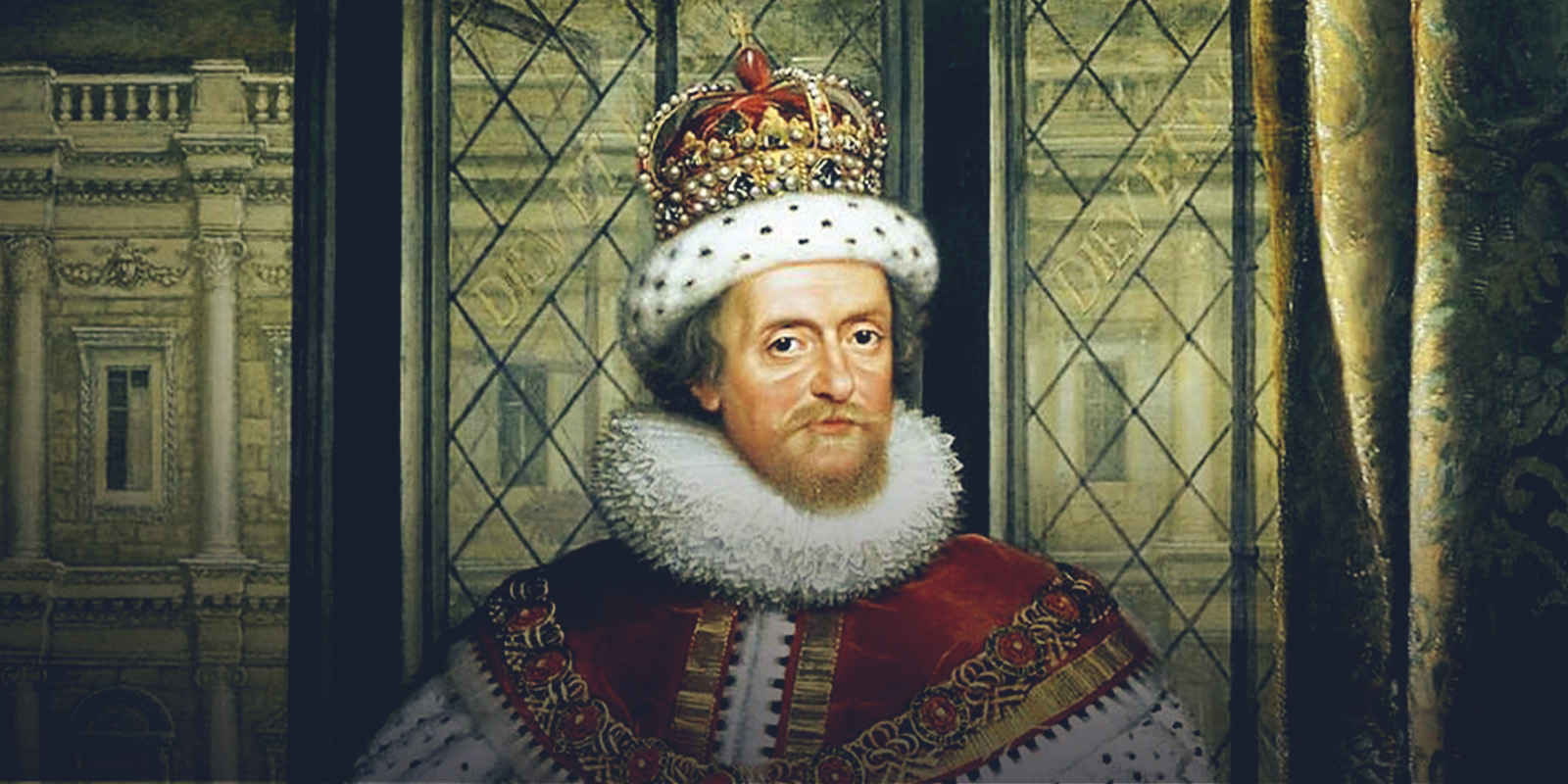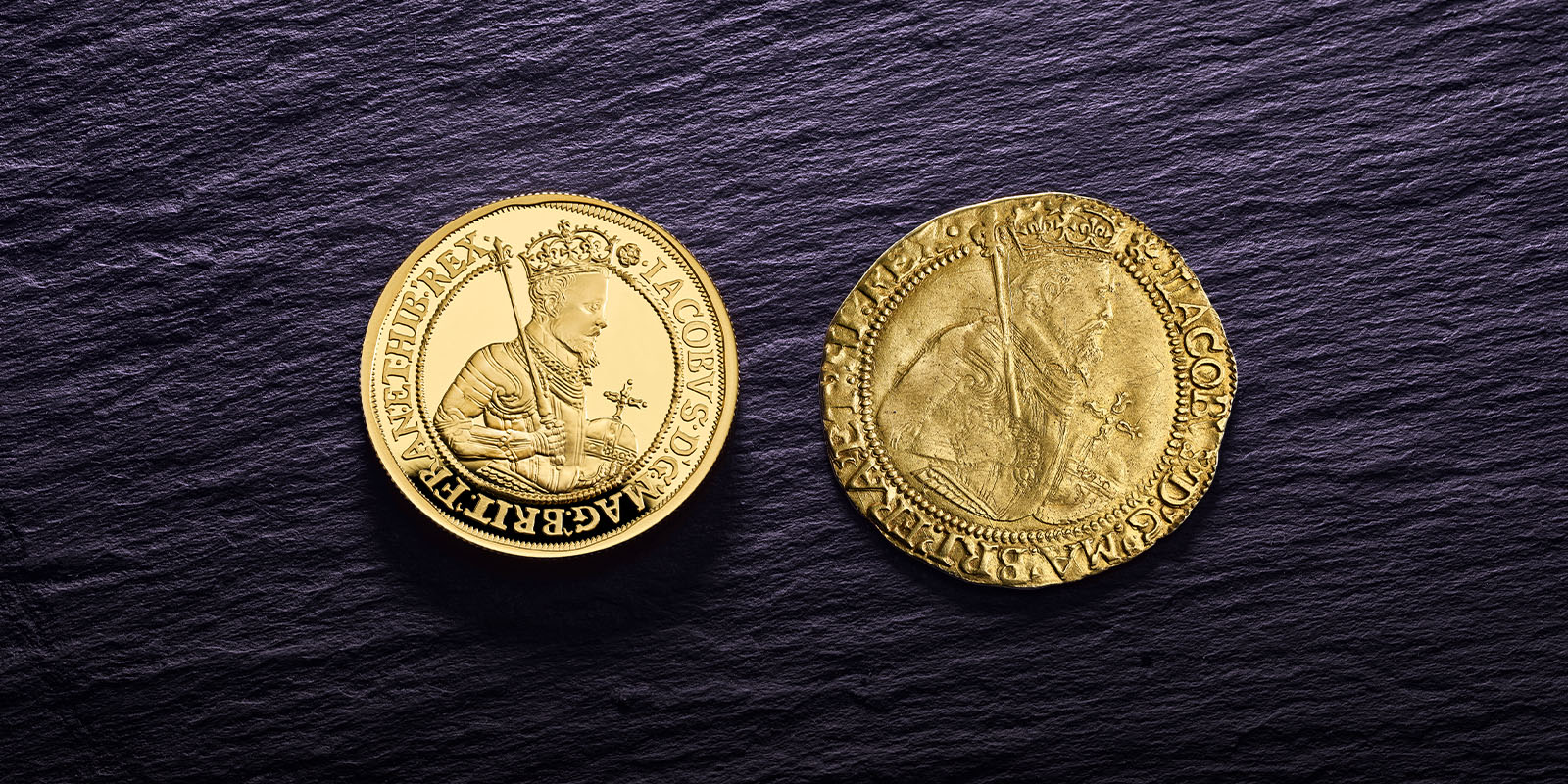With each passing century, coin designs from the past fall deeper into the annals of time and further into our distant memories. Now, thanks to The British Monarchs Collection, some of the greatest coinage portraits in British history will once again see the light of day – beautifully remade to collect and enjoy once more.
Bereft of the fades and imperfections commonly expected from historic coins, it provides collectors with a rare opportunity to own coin designs that first appeared centuries ago. Remade to the standards of modern coinage, these original designs have been recreated using state-of-the-art technology.
Dedicated to the iconic Tudor patriarch Henry VII, the first coin in the collection featured a design originally created more than 500 years ago. Naturally, due to the sheer length of time that has passed since then, the details behind the Henry VII design are somewhat limited. Whilst we know the names of the engravers who worked at The Royal Mint at the time, we can’t definitively say who did what nor do we have detailed evidence regarding the development of these designs. Sadly, the same is true of the coinage portraits of James I struck in the early 1600s. To put it into context, Shakespeare finished writing Hamlet at around the same time as the issue of the first coinage designs of James I’s reign.
The design that appears on our British Monarchs James I coin was taken from the very coin that encapsulated James I’s reign – the unite. Named to reflect his reign unifying the crowns of England and Scotland, it was introduced in 1604 and took over from The Sovereign as the 20-shilling piece in circulation, replacing the famed denomination that was first introduced by Henry VII in 1489.
The portrait for the unite was a lifelike image of the king – complete with crown, orb and sceptre – proudly decked out in battle armour. The coin itself stood as a numismatic symbol of the union of the crowns of Scotland and England. Featuring the king from the waist up, the James I unite is reminiscent of the Edward VI Sovereign, and is slightly unusual in that it showed the king in profile from the waist up. Similarly, the designs for the James I crown and half-crown followed those of Edward VI in depicting the king on horseback.
Whilst these denominations do not feature the bust style of portrait we are accustomed to today, many coins of lower denominations from James I’s reign do feature this type of design. In fact, throughout his 22-year reign, James I had numerous coinage portraits that featured subtle changes from one version to the next. Whilst certain features remained broadly constant – such as the crown – elements such as his facial hair and the length of his hair vary across the coinage, with earlier designs depicting the king with short hair and a square-cut beard, whilst later designs show the monarch with longer hair, a beard and a longer moustache.
Although many consider these differences minor variations, one of a more notable change to James I’s coinage occurred in 1604. James I had taken on the title of ‘King of Great Britain’ and this was a moniker which was incorporated into his coinage. Illustrating his desires for a truly united kingdom between England and Scotland, the new title quickly replaced his original inscription – ‘King of England and Scotland’ – on the coinage that followed. Another notable change to the coinage occurred in 1619 with the introduction of the laurel, named for the laurel wreath present on the king’s head in the design. The laurel featured James I facing left as opposed to the right-facing portraits that had previously appeared on the coinage, while the armour of the previous designs was removed giving the king a completely different presentation.
For more information about British Monarchs Collection, and the coins of James I, visit the British Monarchs section of our website or visit the royalmintmuseum.org.uk
King James I
Be Inspired
JAMES I – UNITING A KINGDOM
Find out more

